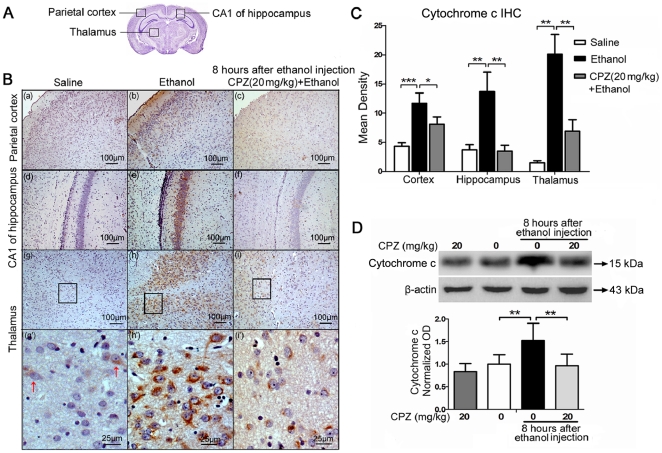Figure 3. CPZ pretreatment blocks the release of cytochrome c in rat brains after ethanol exposure.
(A) The diagram shows the cross section of the cerebrum, and the regions of the parietal cortex, CA1 of hippocampus and the thalamus are pointed out. (B) IHC examination of cytochrome c levels in parietal cortex, CA1 of hippocampus and thalamus of the saline control (a, d, g and g'), ethanol-treated (b, e, h and h'), and CPZ pretreatment groups (c, f, i and i'). Cytochrome c positive-immunoreactivity (brown) was located in the cytoplasm, and the inhibitory effect of CPZ on ethanol-induced cytochrome c release is clearly shown in the high magnification photos (g', h' and i'). Sections were counterstained with hematoxylin. (C) Densitometric quantification of the data yielded means ± SEM. In the parietal cortex (***P<0.001; n = 6 animals per group), CA1 of hippocampus and thalamus (**P<0.01; n = 6 animals per group), much more cytochrome c was released in the ethanol-treated group than in the saline control group. In the parietal cortex (*P<0.05; n = 6 animals per group), CA1 of hippocampus and thalamus (**P<0.01; n = 6 animals per group), the cytochrome c staining was significantly reduced in the CPZ pretreatment group compared with the group treated with ethanol. (D) Western blot analysis of cytochrome c release from the isolated cytosolic fractions of the whole brain 8 h after ethanol administration. β-actin was used as a loading control. Bands were measured using optical densitometry, and the data were normalized to a control sample (defined as 1.00). Values are shown as means ± SEM. The data indicate that CPZ pretreatment resulted in lower cytochrome c expression than that in the group injected with ethanol alone (**P<0.01; n = 4 animals per group).

